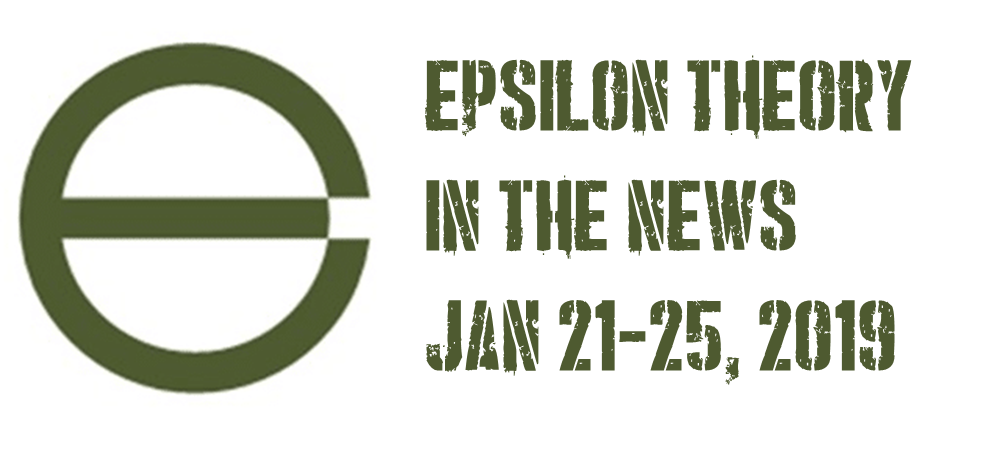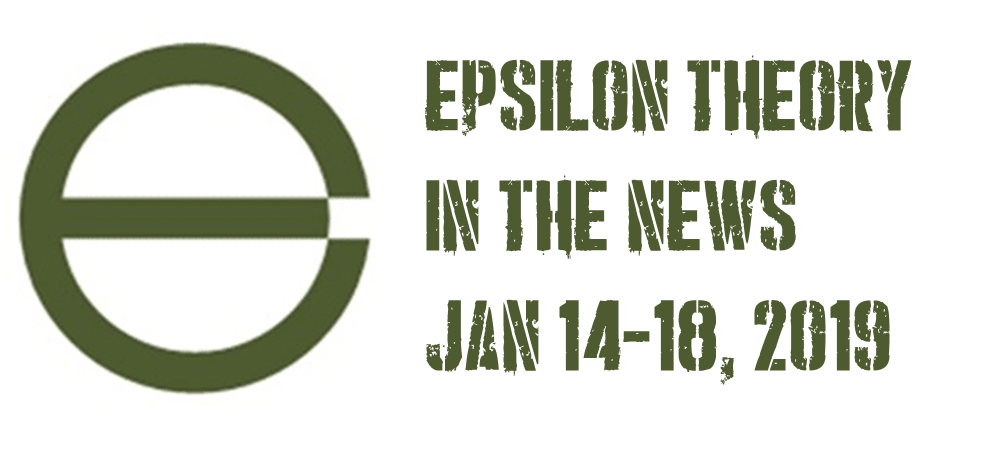Rusty Guinn
Co-Founder and CEO
Rusty Guinn is co-Founder and CEO of Second Foundation Partners, LLC, and has been a contributing author to Epsilon Theory since 2017.
Before Ben and Rusty established Second Foundation, Rusty served in a variety of investment roles in several organizations. He managed and operated a $10+ billion investment business, led investment strategy for the second largest wealth management franchise in Houston, and sat on the management committee of the 6th largest public pension fund in the United States.
Most recently, Rusty was Executive Vice President over the retail and institutional asset management businesses at Salient Partners in Houston, Texas. There he oversaw the 5-year restructuring and transition of Salient’s $10 billion money management business from legacy fund-of-funds products to a dedicated real assets franchise.
He previously served as Director of Strategic Partnerships and Opportunistic Investments at the Teacher Retirement System of Texas, a $12 billion portfolio spanning public and private investments. Rusty also served as a portfolio manager for TRS’s externally managed global macro hedge fund and long-only equity portfolios. He led diligence, process development and the allocation of billions of dollars across a wide range of indirect and principal investments.
Rusty’s career also includes roles with de Guardiola Advisors, an investment bank serving the asset management industry, and Asset Management Finance, a specialized private equity investor in asset management companies.
He is a graduate of the Wharton School, and lives on a farm in Fairfield, Connecticut with wife Pam and sons Winston and Harry. He serves as a member of the Board of Directors of the Houston Youth Symphony, and with Pam has been a long-time supporter and founding Friend of the Houston Shakespeare Festival. He also serves as a member of the Easton Volunteer Fire Company in Easton, Connecticut. Rusty spends his free time smoking meat, working his apple orchard, enjoying whisky, badly butchering progressive rock drumming and jeopardizing long-term relationships through high-stakes board games.
Articles by Rusty:
The gyre widens again, and if we are not careful, it will force us into positions that require us to deny the basic humanity of our fellow citizens. Reject it.
Another big earnings week across banks, insurance, energy services, staples, transports and other industrials.
We asset owners and allocators (rightfully) obsess about alignment, but too often that obsession becomes an outward one, motivated by our rights and entitlements instead of our ultimate best interest.
Today it’s Morgan Stanley, the price of rice, Morgan Stanley, the art of AI and a bit more Morgan Stanley.
The Zeitgeist for January 17th: China, ‘no inflation’, advice from Bogle, and another day, another cannabis headline.
ET Live! is now in the books for January, but you can catch the replay here.
At the suggestion of one of our friends and subscribers, we wanted to provide what we think are some of the best launch points for exploration of the newly published Discovery Map. The only question: do you want to explore topics in depth or see the connections between them?
US Banks have a common narrative structure – two competing topics of vastly different sentiment, with one dominating market attention at any given time. Worthy of some thought going into bank earnings week.
A busier than usual week, as first quarter earnings season kicks off for banks and airlines. A few other notables in tech and energy, as well.
In this news cycle, if an issue sticks around for more than a week, you can be sure that it isn’t by accident. It’s because it represents an abstraction, and because those in influence like how that abstraction changes our behavior.










